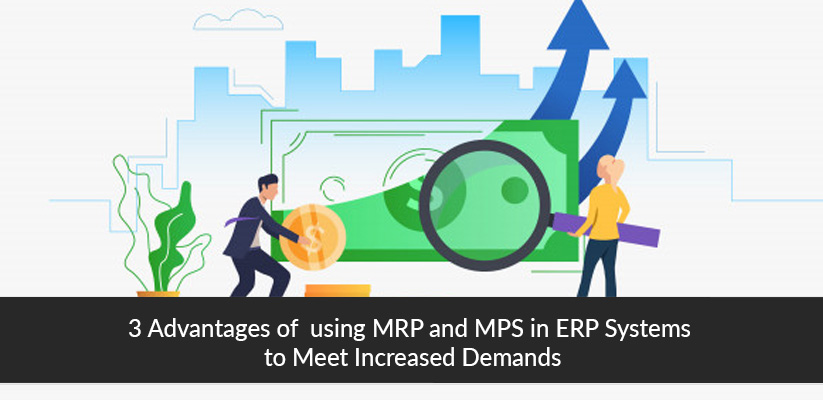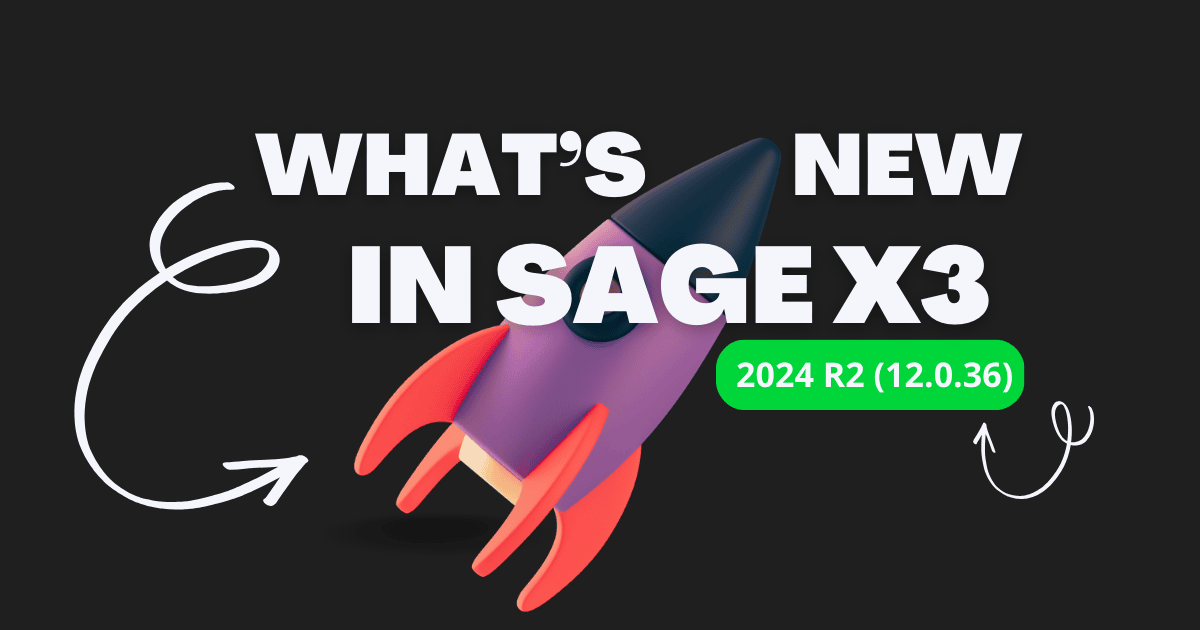Are you facing problems in production planning?
Is inventory scheduling eating up a lot of time? Has the process of material management got the best of you? If yes, then you require an ERP software with an integrated MRP system. This article elaborates on how MRP enabled ERP software provides a comprehensive solution to manage increased demands.
What is the difference between MRP and MPS?
First of all, it is necessary to understand the difference between these two terms.
MPS
- It stands for Master Production Schedule.
- It is concerned with the production of items that have independent demand.
- MPS items are demanded by customers or are manufactured keeping forecasted requirements in mind.
- For example, a pen has market demand. Therefore, a pen is an MPS item.
MRP
- It stands for Material Requirements Planning.
- It is concerned with the production of items that have dependent demand.
- MRP items are not demanded by customers but they are essential to manufacturing MPS items.
- For example: While manufacturing a pen; the barrel, spring, cap, and refill are the four items that are required to produce a pen. So, these four items are MRP items.
At the conceptual level, the differences between MPS and MRP have been listed above. Although they serve different purposes, the functions executed by them are the same.
Also Read: 3 Advantages of using MRP in ERP systems to meet increased demands
1. Planning and control
- Uses data to determine the cost and quantity of inventory required for manufacturing purposes.
- It helps reduce inventory carrying costs.
- Administrates the production process by examining what to buy, when to buy, and how much to buy.
- Counter checks whether the production schedule is going as planned.
- Automatically places orders if there is a shortage of required materials.
- Detects bottlenecks and reorganizes the production line accordingly.
2. Resource management and Scheduling
- Measures the time taken to manufacture products.
- Estimates the anticipated yield.
- Allows managers to forecast the labor time and cost associated with it, and products manufactured per hour.
- Monitors the availability of raw materials.
- Sends alerts to the manager regarding the need for an important equipment/material, if required.
3. Data management
- MRP enabled ERP software systems can generate, store, analyze, and present huge swathes of data.
- It does this by transforming inventory data information into easy-to-read invoices and receipts.
For the efficient functioning of the production department, an MRP enabled ERP software system is a boon. It helps to execute a full-fledged production planning system, manage and schedule resources, and control data to meet increasing demands. At Sage, we are home to world-class Manufacturing ERP software that automates scheduling and increases efficiency exponentially.
Disclaimer: All the information, views and opinions expressed in this blog are those of the authors and their respective web sources and in no way reflect the principles, views or objectives of Sage Software Solutions (P) Ltd.





